The Official Charts – The Sixties
£19.00
The Official Charts: The Sixties is an essential gathering together of all the UK’s Official charts, week-by-week, as the full published chart, chronicling the shifting fashions and trends of that most memorable of decades. That means more than 500 weeks of both singles and album charts. These are the charts recognised by the music industry as their official rundowns (as curated today by the Official Charts Company – and made available at OfficialCharts.com). This means the charts broadcast by BBC Radio 1 and Top Of The Pops, and published by music industry magazine Music Week. This is the first time the full charts have been gathered together in the same place in a printed volume and is the latest in a series of books which, over the coming months, will make up a collection of volumes spanning every week of the UK’s Official singles and albums charts from 1952 to the present day. Also included are the accompanying EP Charts, which were published between March 1960 and December 1967. Published at the same time as this title is the companion volume, The Official Sixties Hits Book. The additional volumes on the rest of the UK’s great chart decades are coming your way very soon.
Read more
Additional information
| Publisher | Independently published (5 Aug. 2019) |
|---|---|
| Language | English |
| Paperback | 543 pages |
| ISBN-10 | 173148559X |
| ISBN-13 | 978-1731485595 |
| Dimensions | 21.59 x 3.12 x 27.94 cm |

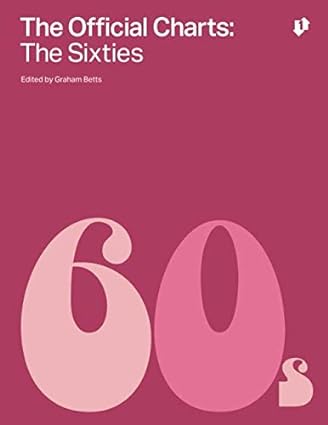
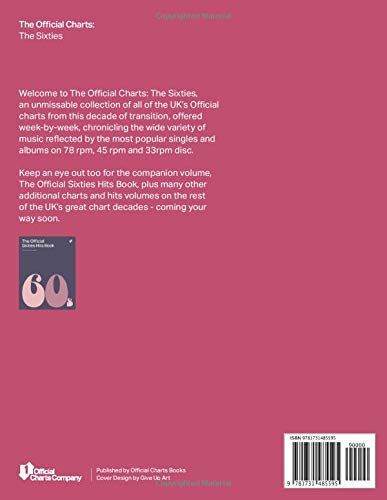
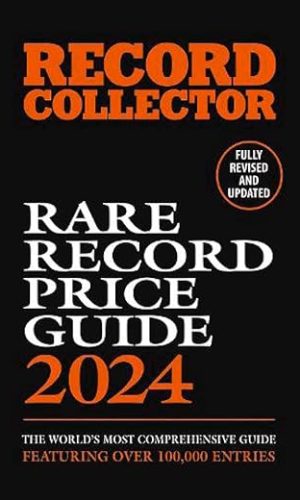
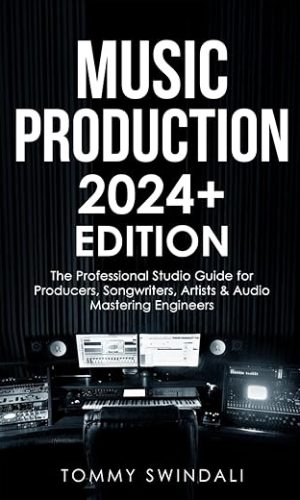
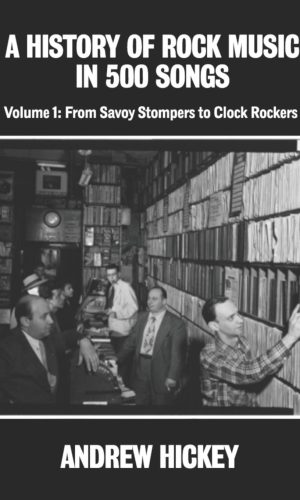
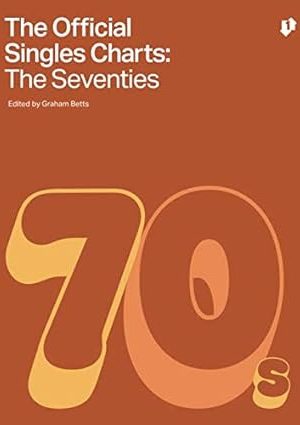
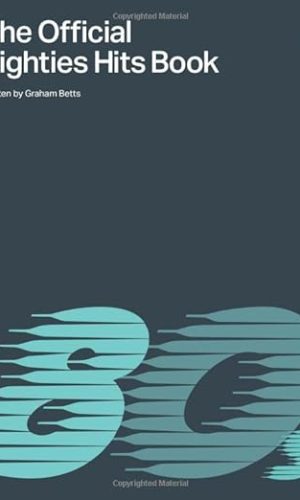
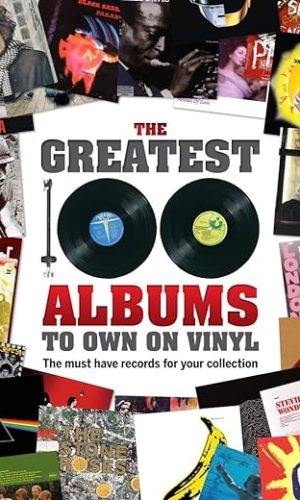

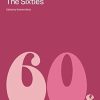
by Amazon Customer
What an Excellent find,for a Music Fan.
This Book,part of Several in the Series-looks at Chart Positions in the UK,all through the 60’s.
Divided into three Sections-Singles/EP’s/and Albums.This Book makes notes of Chart Movement-the Up’s and the Down’s.A really Great Read and very Informative.
by Essex buyer
The sixties was the decade in which I spent the whole period at school and was influenced by the sounds around. This details, singles, E.P’s and LP charts. Great reading.
by Black Baron
I know I’m going to be labeled a “stat’ nerd” but I’ve been searching for years to find a comprehensive history of the British EP charts. Apart from a summary reference in the Guinness “Hits of the 60’s” book, they have become the forgotten history of the sixties. It should be remembered that in the early years of the decade EP’s out sold the top albums, with the Beatles’ Twist and Shout EP and Magical Mystery Tour (double) EP almost reaching the million mark.. The Shadows in particular were dominant in the genre, and all three of the Rolling Stones’ EP’s topped the charts. The “Official Charts Book” provides a complete week by week record of the full EP chart history. Excellent.
by Mrs. A. S. Tweedale
I can argue with my husband now!
by David
To anyone like me who spent their teenage years in the 1960s, and regard that particular decade as the best for popular music….Then this book is for you. Through this publication you can follow the chart activities of a favourite artist (in my case, that was and still is Del Shannon), and see how the compare with a rival act. Not only the singles charts, it also contains the LP and EP charts of the decade. I understand it is one of an intended series covering from when the charts were introduced in the early 1950s to near enough the present day. I would strongly recommend this title to anyone who has a strong affection to the decade that was the 1960s, at an affordable price, I must add.
by Andrew e.
Power of love and the beatles
by Locksley of Finchingfield
Sorry for the 1 star review, I only awarded it to flag the following info. I’d actually give this book 4 stars overall. Chart books are super groovy keen fab gear, they help you remember the songs of your youth, and give a relative indication of how big the hits were. So buy buy buy all the chart books you can, and have mega fun with them. My complaint here: the ‘official’ charts did not exist prior to Feb 1969, thus there was no ‘official’ chart of the 50s and 60s, despite the Guinness books, and the ‘official’ charts website and books. When an ‘official’ chart for the 60s was eventually adopted, the worst possible choice was made. Let’s get into it. When Guinness started their chart books in 1977, they didn’t choose an ‘official’ chart, they only stated which chart they were using ‘for the purposes of this book’. In 2001, the ‘official’ charts retroactively chose a chart to represent prior chart history, NME for the 50s, Record Retailer for the 60s. But the truth is, there were 5 major charts during this time, NME, Record Mirror, Melody Maker, Disc, Record Retailer, and the BBC average of those. None of them were ‘official’. They all sampled different record shops to produce their charts. So in a sense, they were all important, some more so than others. But if you were to choose the most important chart of the 60s, you need to go with the one that sampled the most record shops, and that would be Melody Maker (MM). Record Retailer (RR) sampled the fewest record shops, 30 up to 1964, 80 up to 1969. At its peak, MM was sampling close to 300 shops per week. But there’s more. RR disagreed the most often with all the other charts, was the least followed, one could not buy the RR music paper at newsstands, you had to subscribe. Probably the biggest problem with RR was that due to the low sample of shops each week, there were many ties, so RR used a tie-breaker system based on looking at the previous week’s chart. This is mathematical malpractice. This is what probably led to RR disagreeing the most with the other charts, especially when it came to #1 records. RR had 11 records hit #1 that did not reach #1 on ANY of the other charts. They also had 6 records that did not reach #1 that were #1 on ALL the other charts. The only good thing about RR was that it had 50 chart positions each week, alas MM only had 50 positions for 5 years of the 60s. But what good are the lower positions of RR when they are so inaccurate? Now, if the best accuracy is not important to you, then the RR chart is good enough. Across all the charts, the big hits were the big hits, the small hits were the small hits. But so many DJ’s and publications now talk about how many #1 records an artist had, and this is where the problems arise. The 2 biggest disagreements of #1 records: (a) The Beatles “Please Please Me” was #1 for 2 weeks in 1963 on each of the NME, MM, and Disc charts, and 3 weeks on the BBC average chart, based on a total of 270 record shops. Alas it got to only #2 on RR, based on only 30 record shops. Which is truth? (b) The Rolling Stones “19th Nervous Breakdown” was #1 for 3 weeks in 1966 on each of the NME, MM, Disc, and BBC charts, based on a total of 550 record shops. Alas only reaching #2 on RR, based on only 80 record shops. Which is truth? The author of this book has made a great effort in explaining chart history of the 50s and 60s, has included a lot of info that the ‘official’ charts previously had not brought to light, but has also selectively left out other important info. The current argument of why RR should be ‘official’ is because they were also an ‘industry’ chart, a precursor to the later BMRB/Gallup/CIN/’official’ chart. But this is not entirely true either. RR was a music paper started by and for independent record shops, those who were independent of the record companies. One could say they were an anti-industry publication. They may have eventually evolved into ‘the’ industry publication in 1966, when the American company Billboard bought them out and took over running it. But they were never ‘the’ industry chart used by a majority of the industry, they were just the chart that was carried in what came to be the ‘industry music paper’. The RR chart was calculated no differently than any of the other music paper charts, nothing special about it, and some things worse about it. If you want to know more truth of the 50s and 60s charts, do an internet search for the article ‘UKMix Updated Chart History’ by chart expert/guru Alan Smith, and all will be revealed. Alan spent years researching the charts, talking to the people who worked at all the music papers of the 50s and 60s, and published his findings in Record Collector magazine in the early 2000s.
If the ‘official’ charts really cared about true UK record chart history, they would come up with a better chart for the 60s than RR, which was the worst possible choice. But they did not know this in 2001 when they made their selection, probably doing minimal to no research on it. I doubt they will ever get around to acknowledging and fixing this mistake, but there you have it. So again, buy this book and have fun fun fun. But just realize this book and these charts are not 100% truth, they are approximate truth. MM represented over 50% of the sampled record shops in the 60s, RR around 14%. Approximate record chart history is worth something, and many can be content with it. But just know what you’re getting into. NME has published chart books, they’re out of print but can still be found. MM has never published a chart book, you can blame them for allowing others to seize the opportunity and declare RR as ‘official’ when they were no such thing. Now get outta here and go play some 60s music !! Cheers chips n crisps…
by All the research I need
I’m researching my music and this does just fine